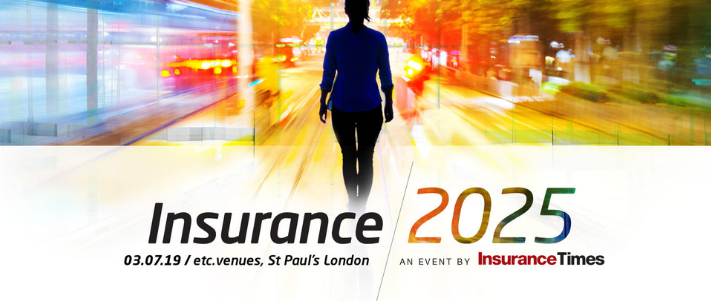
This article is going to make your head hurt, but don’t worry, you aren’t alone. Anything that talks about the future and the exponential change coming our way will make your head hurt.
Hopefully though, by the end of this article, you will have four coping strategies that will help you, and your company, survive the six years between now and 2025.
So, why will your head hurt? Well, as we draw nearer to 2025 and look towards the future, a reflection on last few years’ undeniable surge in technological advancement makes it seem almost impossible to predict just what lies in store for us. It’s hard to imagine a world without Netflix, Uber, and Spotify; a world without all the on-demand luxuries that we are now so used to. Over the last decade, technology seems to have grown at a speed none of us could quite anticipate, and now it’s snowballing at an even faster rate.
Whilst your brain is accustomed to the straight and steady line of evolution, technology’s development unfolds exponentially: it has crept forward in recent years, and now we await the inevitable and sudden advancement. For this, brands must be prepared.
Last week during my keynote speech at Insurance 2025 this was the way that I explained the bewildering amount of change that is on the horizon. In the speech I revealed never before seen research, exploring how insurance brands need to approach the future of insurance, what types of consumer trends we expect to see and what sort of changes it would take to survive 2025 and beyond.
So how can brands prepare? How must they adapt alongside this technological surge when we are wired to continue along our own stable evolutionary path?
In a previous blog post, we spoke about the four different consumer trends in the market today, summarising what consumers want, why they want it and how they want to buy it. There’s the ‘consumer affordability squeeze’, ‘consumers in control’, ‘changing mobility’ and ‘personalised everything’. But how can these be addressed?
1. Make it flexible
The consumer affordability squeeze is causing major changes within insurance. 12-month insurance policies will decrease in popularity as consumers will choose insurance when they want it, when they need it, and when they can afford it. Currently, brands are combating this by hollowing out products. They turn out policies that exclude the majority of things consumers might want to make a claim for. In turn, this dissolves trust in the insurance industry, and breaks the strength of the relation between the consumer and the brand.
Brands need to think of it through the eyes of a customer. More flexible products for insurance are necessary, as we see with Cuvva which allows consumers to buy insurance by the hour. It’s flexible and on demand.
2. Make friends in the value chain
In the coming years there has been a shift from product to service. In this world, apps are connecting with each other. For example, if you book a restaurant over in the States through Open Table, not only can you book a reservation but the app will ask you if you need an Uber to get you to the restaurant and if you’d like your music playing in the car when it arrives, linking through to your favourite Spotify playlist. Uber made friends with Open Table, and Spotify made friends with Uber.
For the consumer, there’s no need to fiddle around with separate apps; it’s a single journey from A to B. It’s the same story with insurance: Gen Z want to have their insurance built into something else. They want that single journey. To achieve this, Insurance brands need to start making friends outside of the world of insurance; they need to start making friends with people in the value chain.
3. Help them get from A to B
Nearly 90% of private new car sales are now purchased using finance , meaning they have to be switched over every few years. Though having a car seems almost redundant when there are 100% more Uber drivers in London than there were six years ago, and the growth in car clubs was expected to rise 26% to 1.3 million cars in 2018. Ride hailing apps are the most popular type of transport with the younger generation, who are more accustomed to and more expectant of the world of on-demand. Almost half of Gen Z don’t drive, and 41% get around using ride hailing apps.
Gen Z are not coming through for the car insurance market. They never got driving licenses. Consumers are finding new transport solutions to get from A to B and brands need to think about how they enable that. In 10 years, people will not be driving the cars in the way they are today. Brands need to make friends with transport providers, and they need to think not about how to insure a car, but how they’re helping get consumers from A to B.
4. Help consumers live their biggest life
Today, the internet of things follows us around. Consumers are used to having products which are flexible, and they are used to having products which work for them personally and brands that know them inside-out.
Only 25% of Gen Z think they will buy 12-month comprehensive contents insurance in 2025, compared to 63% of Baby Boomer and 54% of Gen X. Gen Z are used to Netflix telling them what they should watch next and to Amazon suggesting what they should buy – they want to buy what works for them. Brands need to mimic this personalisation.
Why do you need consumer research?
Download our guide to 'Understanding Consumer Attitudes' to learn how our output goes beyond research and data to uncover genuinely exciting insights – invaluable insights that can help transform your business and your bottom line.
Comment . . .



Submit a comment